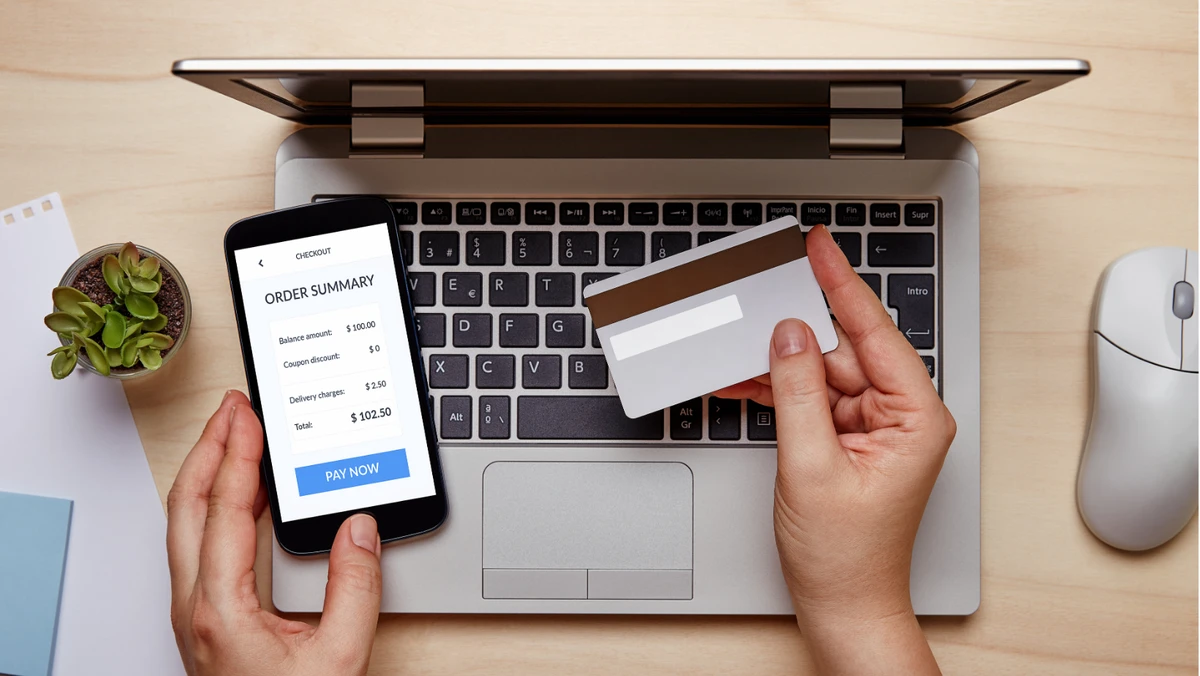In today’s digital economy, offering multiple payment methods on your website is essential for attracting and retaining customers. A seamless payment experience can significantly enhance customer satisfaction, reduce cart abandonment rates, and ultimately drive sales. In this blog, we’ll explore how to build a website that supports various payment methods, ensuring you cater to a diverse audience.

1. Understand Your Audience’s Payment Preferences
Before you start implementing payment methods, it’s essential to understand your target audience’s preferences. Different demographics may favor different payment options, so conducting research is crucial.
- Surveys and Feedback: Consider sending surveys to your existing customers to gather insights about their preferred payment methods. This can help you tailor your offerings based on their preferences.
- Market Research: Analyze industry trends to identify popular payment methods within your niche. For example, e-commerce businesses may benefit from offering credit/debit cards, PayPal, and newer methods like Apple Pay or cryptocurrency.
2. Choose the Right E-commerce Platform
Selecting the right e-commerce platform is a critical first step in building your website. Some popular platforms come with built-in support for multiple payment methods, making the integration process easier.
- Popular Platforms: Consider platforms like Shopify, WooCommerce (for WordPress), Magento, or BigCommerce, which offer a variety of payment integrations.
- Customization Options: Ensure that the platform allows for customization to add or modify payment gateways as needed.
3. Select Payment Gateways
Once you’ve chosen your e-commerce platform, the next step is to select payment gateways that align with your business goals and customer preferences.
- Well-Known Payment Gateways: Look for reputable gateways like PayPal, Stripe, Square, Authorize.Net, and Braintree. These options are widely accepted and trusted by customers.
- Local Payment Gateways: Depending on your target market, consider integrating local payment gateways that may be more popular in specific regions. For example, Alipay and WeChat Pay are essential in China, while iDEAL is popular in the Netherlands.
4. Implement SSL Certificates
Security is paramount when it comes to online payments. To build customer trust, it’s essential to implement SSL (Secure Sockets Layer) certificates on your website.
- Secure Transactions: SSL certificates encrypt the data transmitted between your customers and your website, ensuring that sensitive information (like credit card details) is secure.
- Trust Signals: Display security badges on your website to reassure customers that their information is safe. This can help reduce cart abandonment and increase conversions.
5. Design a User-Friendly Checkout Process
A seamless and intuitive checkout process can significantly impact customer experience. Here are some best practices for designing a user-friendly checkout:
- Simplify the Process: Minimize the number of steps required to complete a purchase. A one-page checkout can significantly enhance the user experience.
- Offer Guest Checkout: Allow customers to complete their purchase without creating an account. This reduces friction and can help increase conversions.
- Provide Clear Instructions: Use clear and concise language throughout the checkout process. Make it easy for customers to understand how to complete their payments.
6. Test Payment Methods
Before launching your website, it’s crucial to test all payment methods to ensure they work smoothly. This includes checking the functionality of each payment gateway and the overall checkout process.
- Simulate Transactions: Perform test transactions using different payment methods to ensure they function correctly and the customer experience is seamless.
- Monitor Error Messages: Pay attention to any error messages that may appear during the checkout process. Address these issues promptly to prevent customer frustration.
7. Provide Multiple Currency Options
If your business operates internationally, offering multiple currency options can enhance the shopping experience for global customers.
- Currency Conversion: Use plugins or tools that allow customers to view prices in their local currency. This can help eliminate confusion and enhance the user experience.
- Dynamic Currency Conversion: Consider implementing dynamic currency conversion that automatically displays prices in the customer’s preferred currency based on their location.
8. Keep Payment Methods Updated
As technology and customer preferences evolve, it’s essential to keep your payment methods up to date. Regularly assess the payment options you offer to ensure they meet customer demands.
- Monitor Trends: Stay informed about emerging payment trends and technologies. For example, consider incorporating digital wallets, mobile payments, or cryptocurrency options as they gain popularity.
- Gather Customer Feedback: Continuously gather feedback from your customers about their payment preferences. This can help you identify any new payment methods they may want to see.
Conclusion
Building a website that supports multiple payment methods is essential for creating a positive customer experience and maximizing sales. By understanding your audience’s preferences, choosing the right e-commerce platform, and implementing secure payment gateways, you can cater to a diverse customer base.


No responses yet